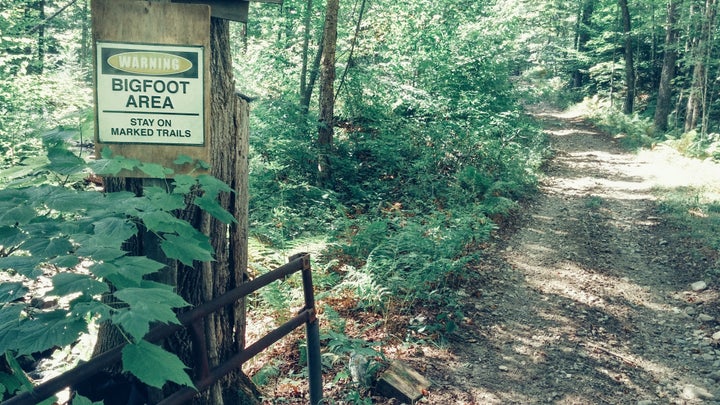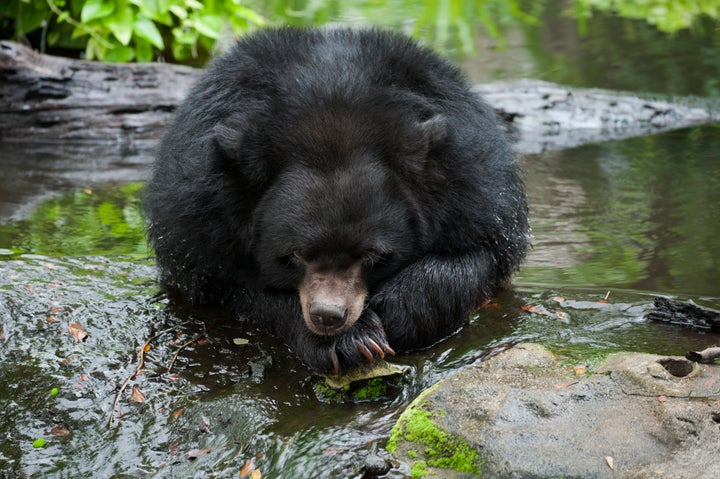The modern world, complete with huge advances in technology and exploration, can often feel like it leaves little to the imagination.
And now a new scientific study has dispelled yet another long-standing myth, that the abominable snowman (or yeti, depending on who you ask) doesn’t actually exist.
Next thing they’ll be telling us the Loch Ness monster is fake too.

The tall ape-like creature, believed to inhabit the high mountains of Asia, has long been discussed in the mythology of Nepal and Tibet.
With sightings reported for centuries, footprints meticulously photographed by Everest expeditions, and even stories of people being taken hostage by the mysterious beast.
But as it turns out, it was probably just a bear.
The team from the University of Buffalo studied nine supposed samples of ‘yeti’ that have been collected over the years in the Himalayas and Tibetan plateau.
Some had been kept as monastic relics and others simply found in abandoned caves.
Provided by a British production company, Icon Films, who had been using the samples in an ‘Animal Planet’ special (2016), Charlotte Lindqvist and her team did a series of genetic tests on the bones, teeth, hair, skin and fecal matter.
They conclusively found that eight of them were from Asian black bears, Himalayan brown bears or Tibetan brown bears.
And the final one was just a dog.

Lindqvist, lead scientist on the study, said: “Clearly, a big part of the Yeti legend has to do with bears...our findings strongly suggest that the biological underpinnings of the Yeti legend can be found in local bears.”
Published in the Proceedings of the Royal Society B, it is not the first study into these samples but previous efforts did not use such complex genetic anaylsis and left questions unanswered.
This isn’t the only place that science has dispelled century-old myths.
In Africa in the early twentieth century British researchers described the ‘African unicorn’ which turned out to be an okapi - a giraffe relative that looks like a mix between that animal and a zebra and a horse.
And in Australia scholars speculated that aboriginal references in ‘dreamtime’ mythology may have drawn from ancient encounters with real megafauna or their remains, known today from Australia’s fossil record.
